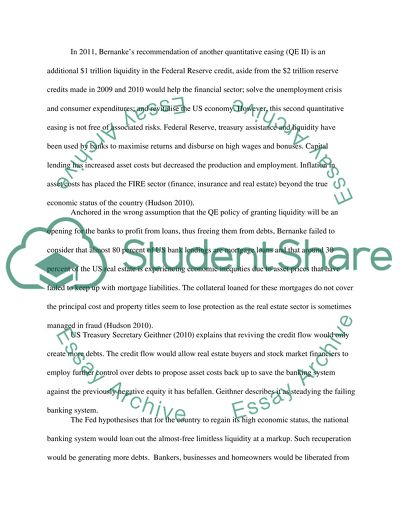Cite this document
(“The Global Economy Essay Example | Topics and Well Written Essays - 2250 words”, n.d.)
Retrieved from https://studentshare.org/environmental-studies/1405223-the-global-economy
Retrieved from https://studentshare.org/environmental-studies/1405223-the-global-economy
(The Global Economy Essay Example | Topics and Well Written Essays - 2250 Words)
https://studentshare.org/environmental-studies/1405223-the-global-economy.
https://studentshare.org/environmental-studies/1405223-the-global-economy.
“The Global Economy Essay Example | Topics and Well Written Essays - 2250 Words”, n.d. https://studentshare.org/environmental-studies/1405223-the-global-economy.


